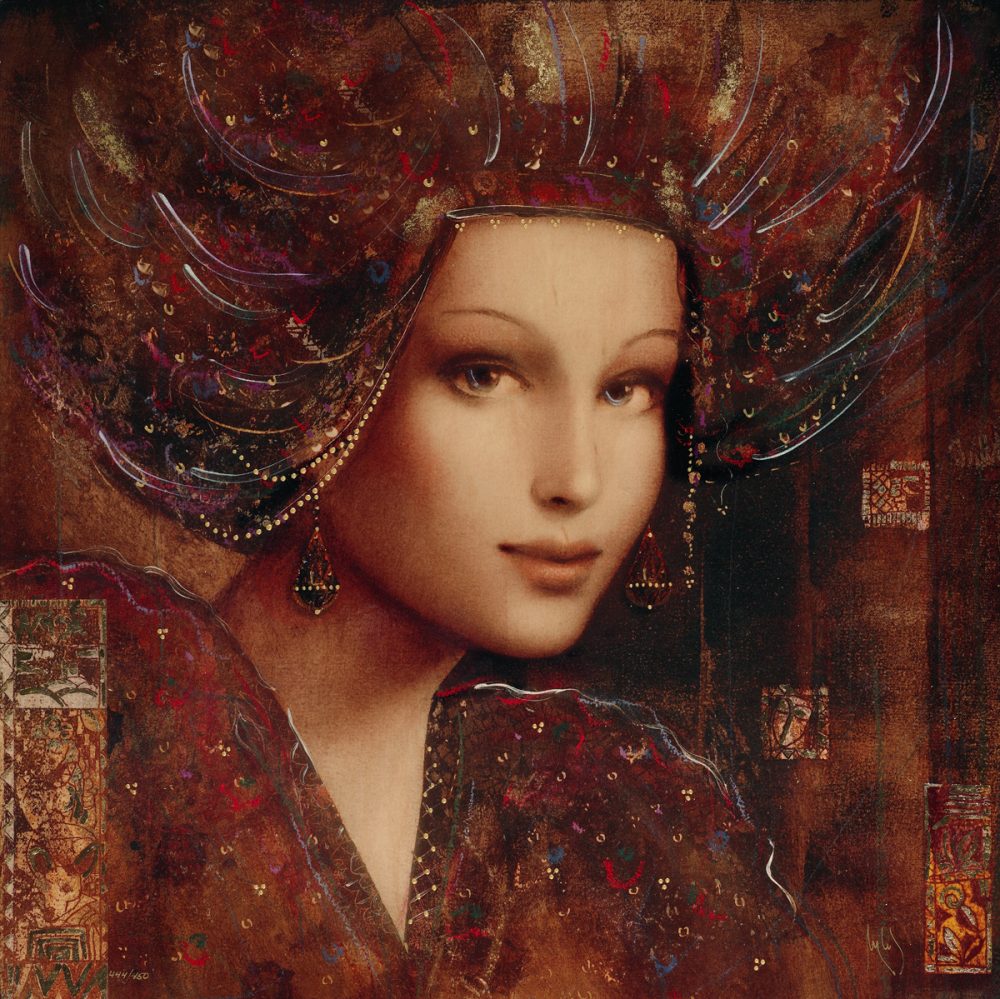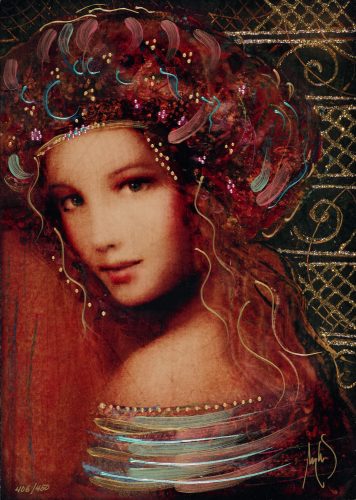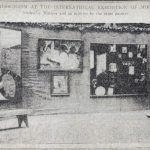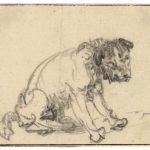Park West Gallery Artist Csaba Markus Unveils Caldographs
For the first 15 years of his career, Csaba Markus didn’t sign his art because he was unsure of its quality.
Today, Markus’ signature is the finishing touch on an innovative new medium he is introducing to the art world: Caldographs.
Park West Gallery and Markus are proud to unveil these revolutionary works of art. The groundbreaking method fuses ancient techniques with modern technology to create mesmerizing art on wood.
Markus paints in a contemporary Renaissance style. He uses techniques from the European Renaissance to portray what he calls “modern-day Mona Lisas.” Specifically, Markus utilizes the “sfumato” shading techniques of Leonardo da Vinci.
To honor the 500th anniversary of da Vinci completing the “Mona Lisa,” Markus sought to create artwork that pays homage to the artistic genius and his famous painting.
“I want to continue, in the 21st century, to show the message that Leonardo da Vinci established with his work,” Markus says. “These are women who are beautiful, talented, smart, sensual and peaceful.”

“Ciania” (2016), Csaba Markus
To make his tribute more authentic, Markus chose wood as his medium. Painting on wood panels was the common practice until canvas became popular in 16th-century Italy. By using wood, Markus not only harkens to these times, but incorporates natural grain and textures into his works.
“I saw these wood panels, and thought, ‘Wow, we should recreate the Renaissance style with the same materials they used,’” Markus says. “It is a natural background you cannot recreate, so every caldograph is different.”
Creating a Caldograph

“Woman of the Spring” (2016), Csaba Markus
Markus uses a modern printing method known as dye sublimation to create his highly-detailed caldographs. The technique begins by processing Markus’ painting into a digital matrix. Once he is satisfied with the results, the matrix is transferred onto sublimation paper using water-based inks.
The name “caldograph” is a combination of the Italian word for hot (caldo) and the suffix “graph,” which means “to write.” Markus chose Caldo in reference to dye sublimation’s application of heat and pressure.
The inked paper is applied to a specially-coated wood panel using heat and pressure. The inks become gas and permeate the surface before returning to a solid form. The inks permanently bond to the wood on a molecular level, creating a brilliant, high-quality image.
After the image is transferred to the wood, each work is embellished by hand and finished with a protective, high-gloss varnish. Markus then signs the works of art.

Csaba Markus adds delicate details to one of his caldographs.
Markus says his signature is a mark of approval for his artwork, but he isn’t concerned if people don’t recognize it. Instead, he desires people to recognize his true signature.
“I want the quality of the art to talk, not my signature,” Markus says. “Every piece that has my signature should be of the absolute highest quality and very creative.”
Contact Park West Gallery at (800) 521-9654 ext. 4 or sales@parkwestgallery.com to learn more about collecting caldographs and other works by Csaba Markus.





